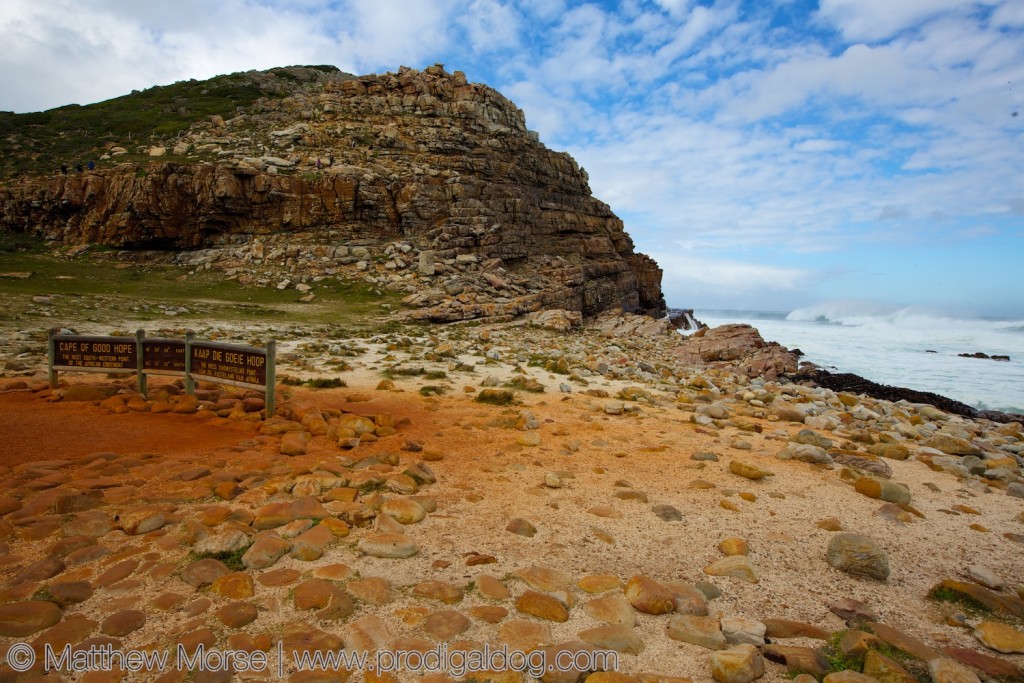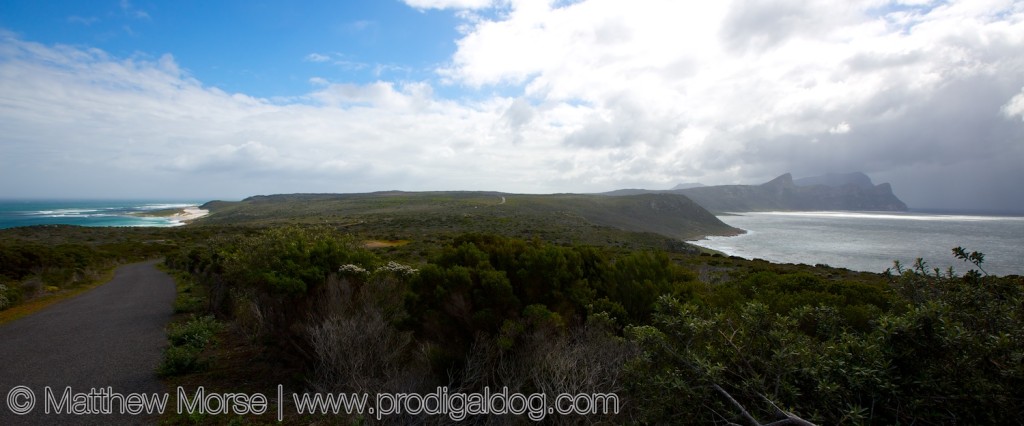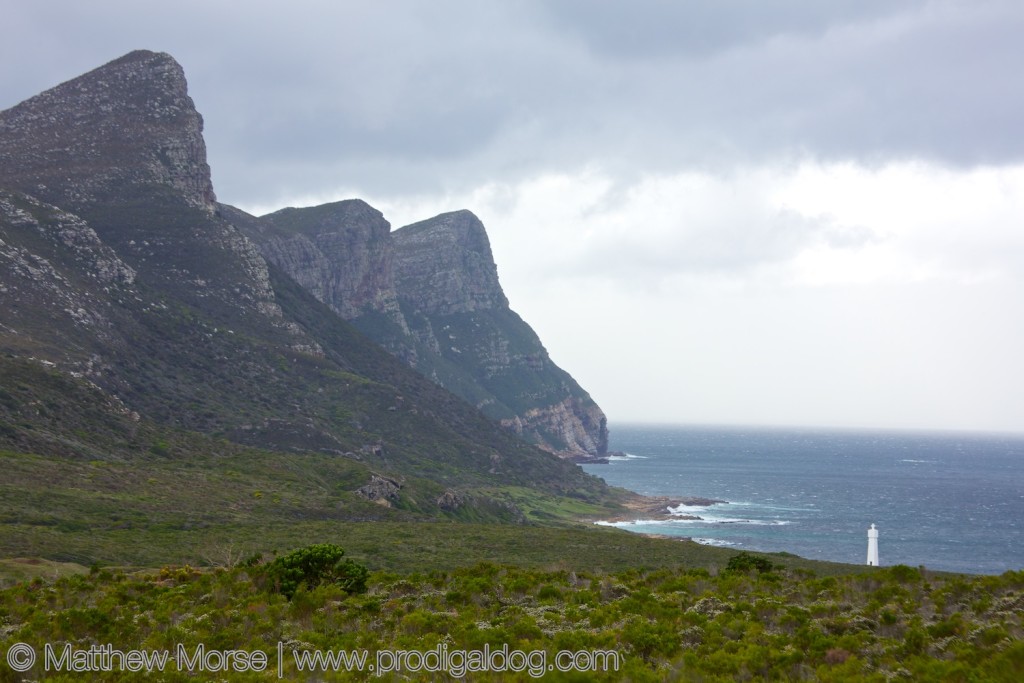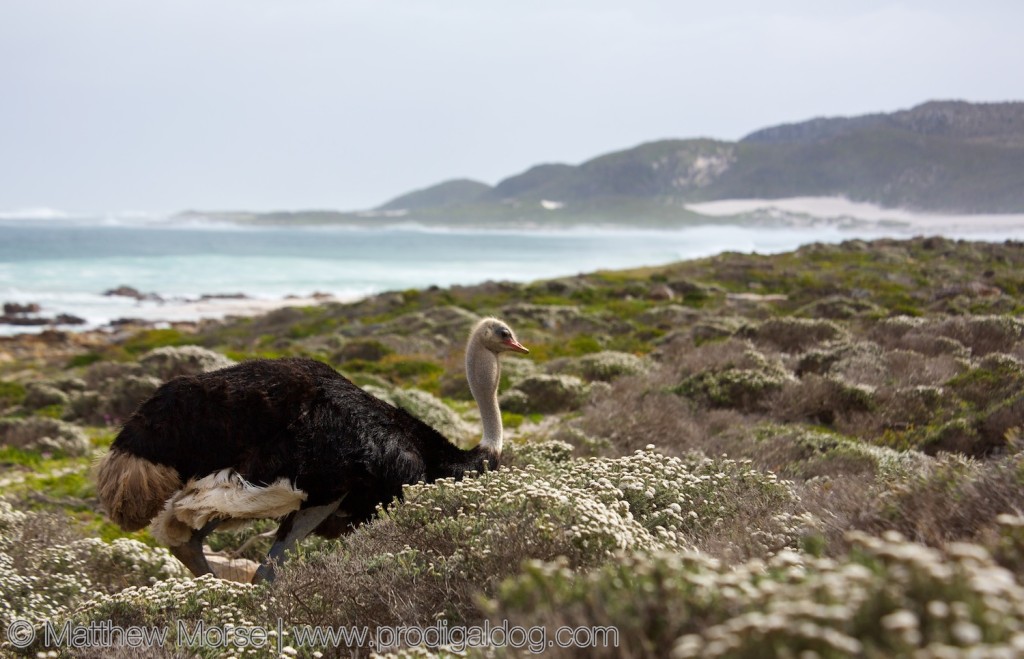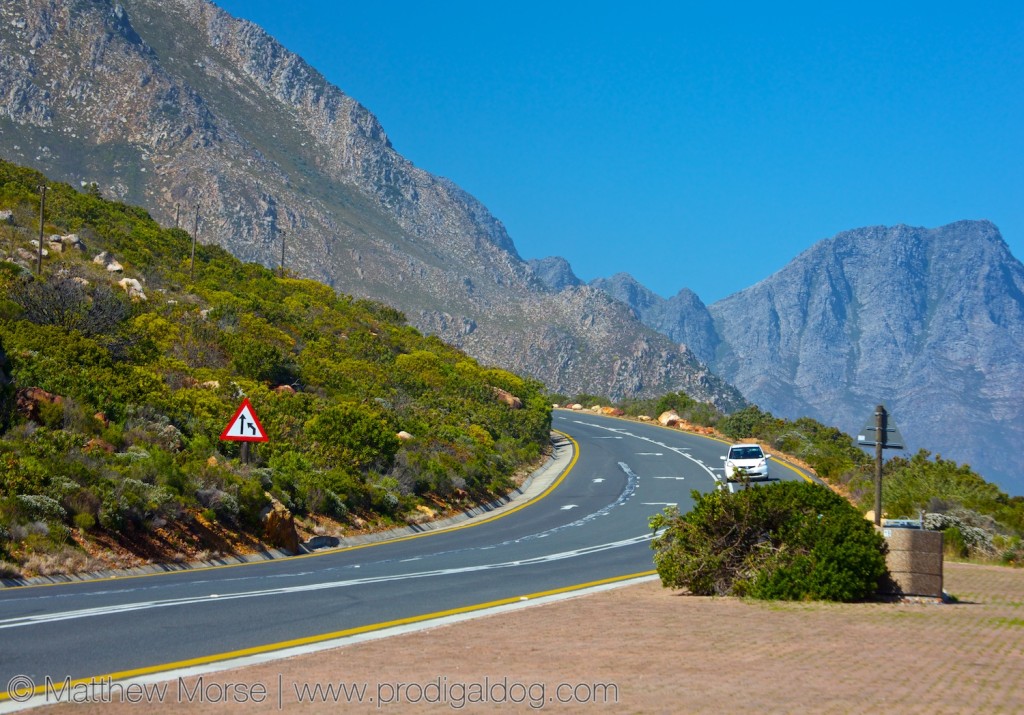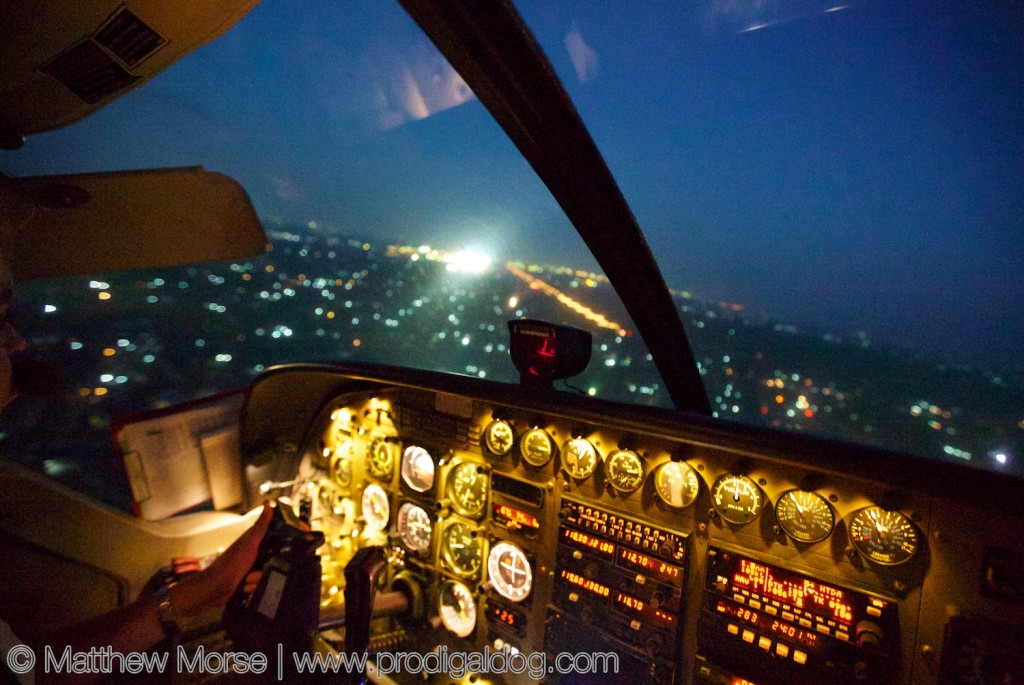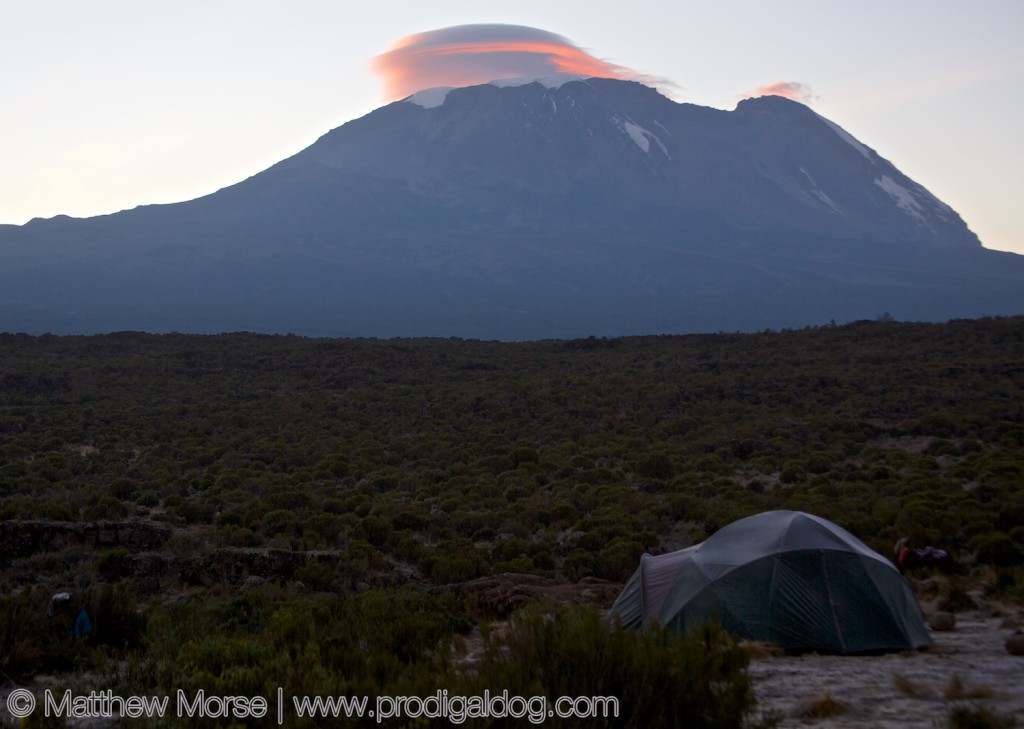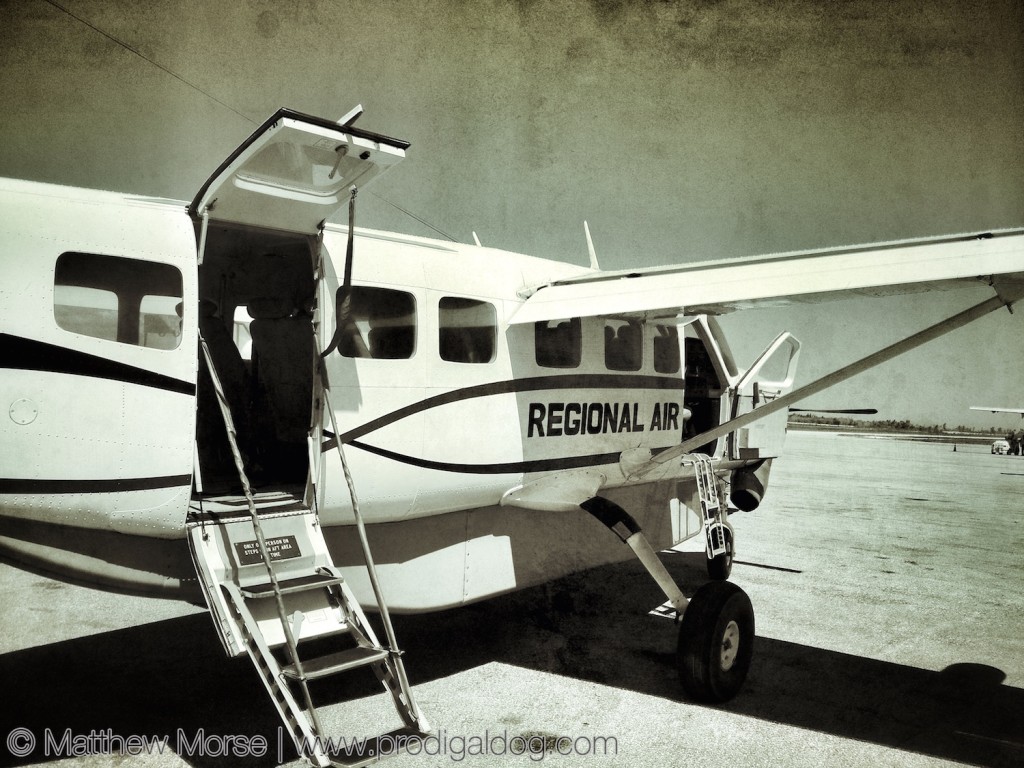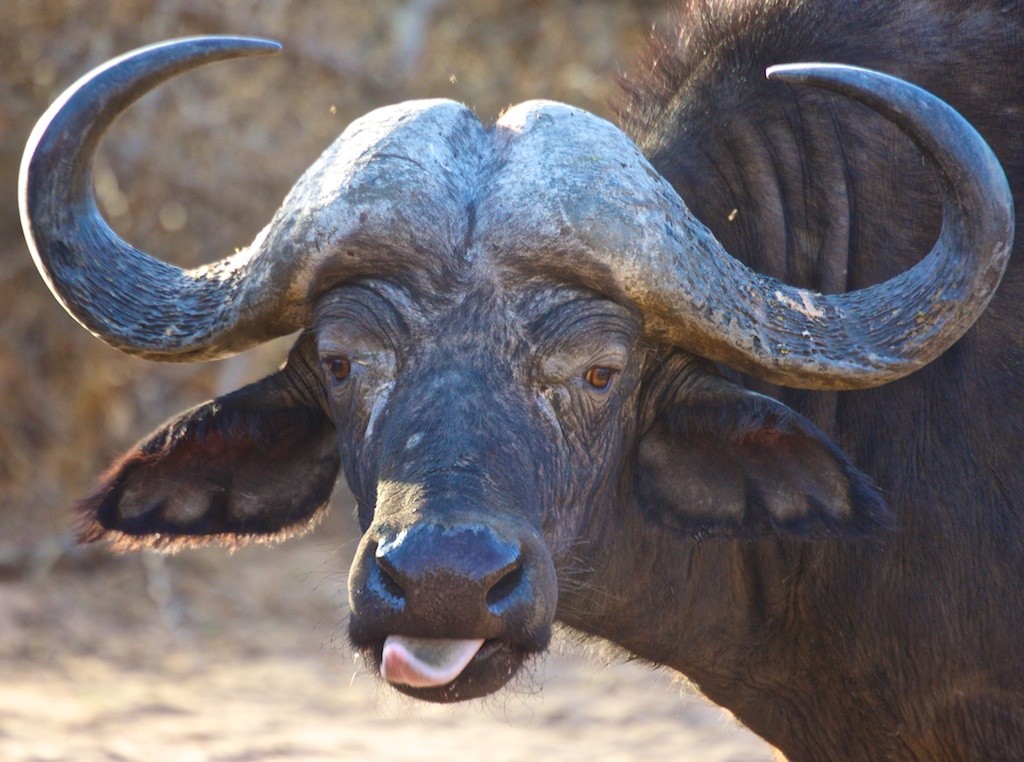
Before I visited Africa, I had no concept of how abundant or rare various species were. Would I see more monkeys than elephants? I honestly didn’t know and, even more, didn’t even give it that much thought. I just wanted to see animals!
Monkeys are the pigeons of Africa… except pigeons don’t steal your backpacks, open your car doors, or climb the outside of your house to spy on you in the shower, but those are all another story.
(And yes, as it turns out, you’ll see a lot more monkeys than elephants… Actually, you’ll see more monkeys than any other creature. Monkeys are the pigeons of Africa… except pigeons don’t steal your backpacks, open your car doors, or climb the outside of your house to spy on you in the shower, but those are all another story).
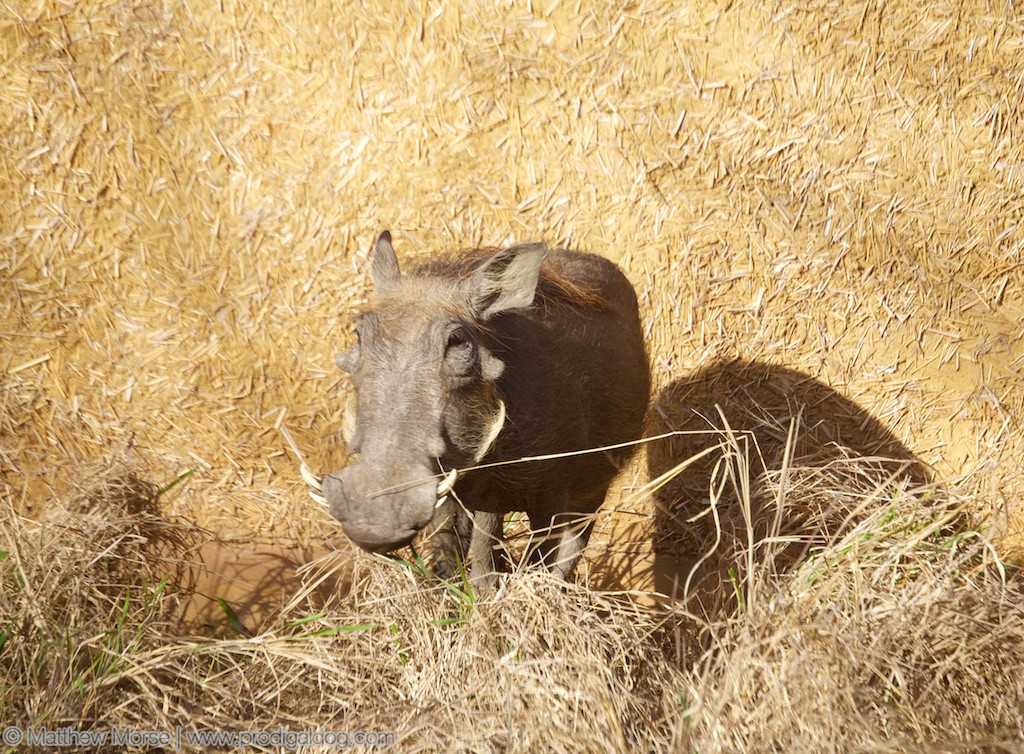
To answer your question: Every time I saw one of these I had Hakuna Matata stuck in my head for the rest of the day.
Once I set out on safari, I found some were abundant (warthogs, giraffes, and various relatives of deer are readily seen), while others (rhino, lions) were more rare or downright elusive (leopard).
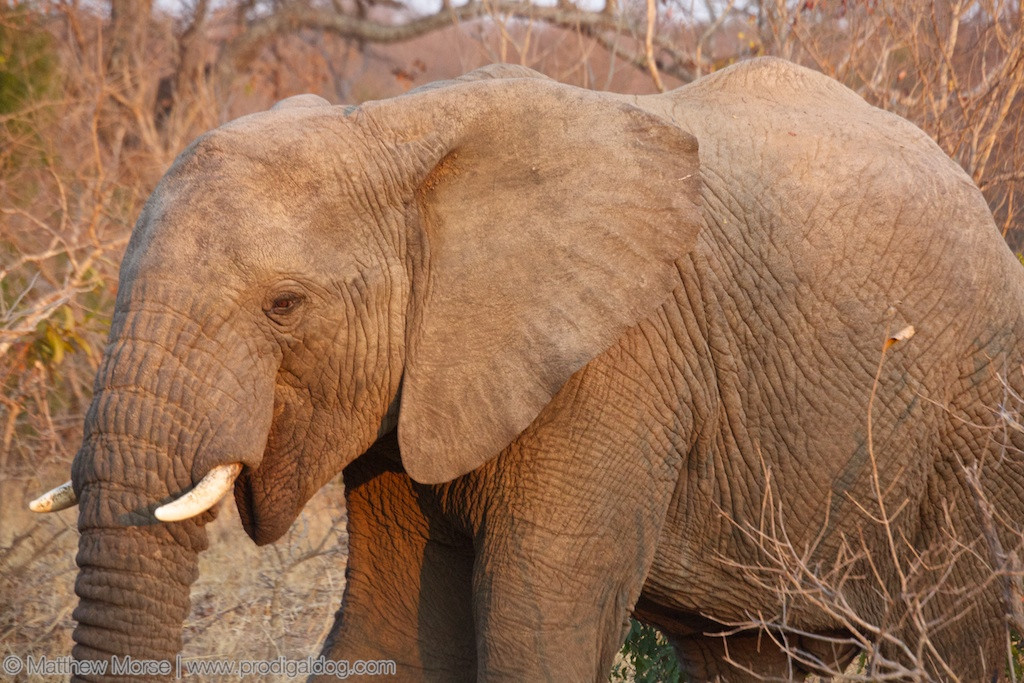
I also discovered the common shorthand for a checklist known to every safari-goer but me: the Big Five. These are the top five most popular and difficult to find animals and include: elephant, buffalo, lion, rhino, and leopard. It’s considered a badge of honor (and good luck) to locate each of the Big Five during your time on safari. As someone with an unhealthy addiction to competition and completing lists, I was all about finding my Big Five.
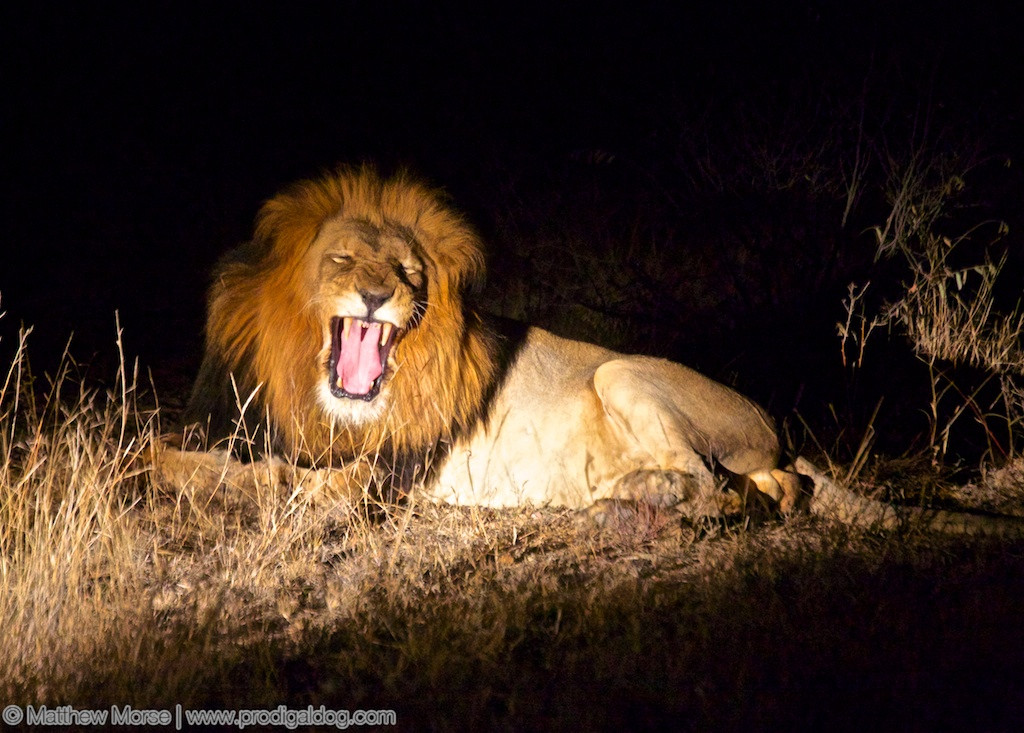
As I took this, he let out a thunderous roar… Okay, not really. He was actually just yawning.
Although finding all five animals depends as much on luck as anything else, but there are a few things you can do to improve your chances of seeing all of them. My first piece of advice is to visit what South Africans refer to as a private game reserve (fear not, despite its name it has nothing to do with hunting or casino gambling).
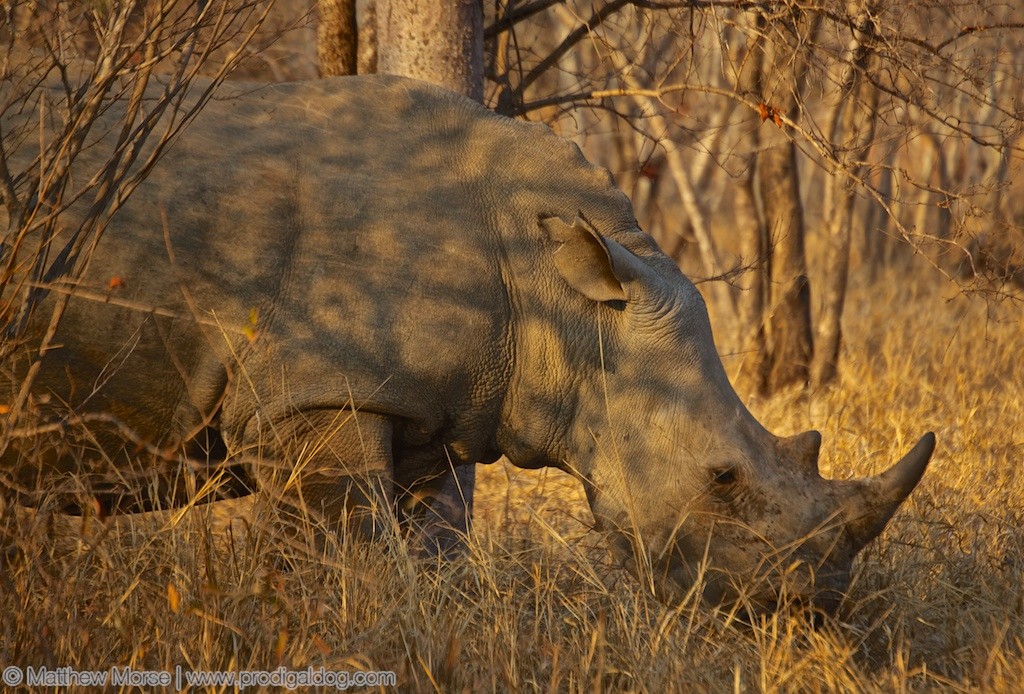
Private game reserves are best described as privately-operated enclaves of protected animals. All of them are huge and most border on existing government-owned parks, including the famous Kruger National Park. From most perspectives, private reserves are a win-win. Successful businesses are built around keeping the animals protected and well cared for in their natural habitats — most game reserves employ their own security forces against poaching as well as in-house veterinarians and rangers.
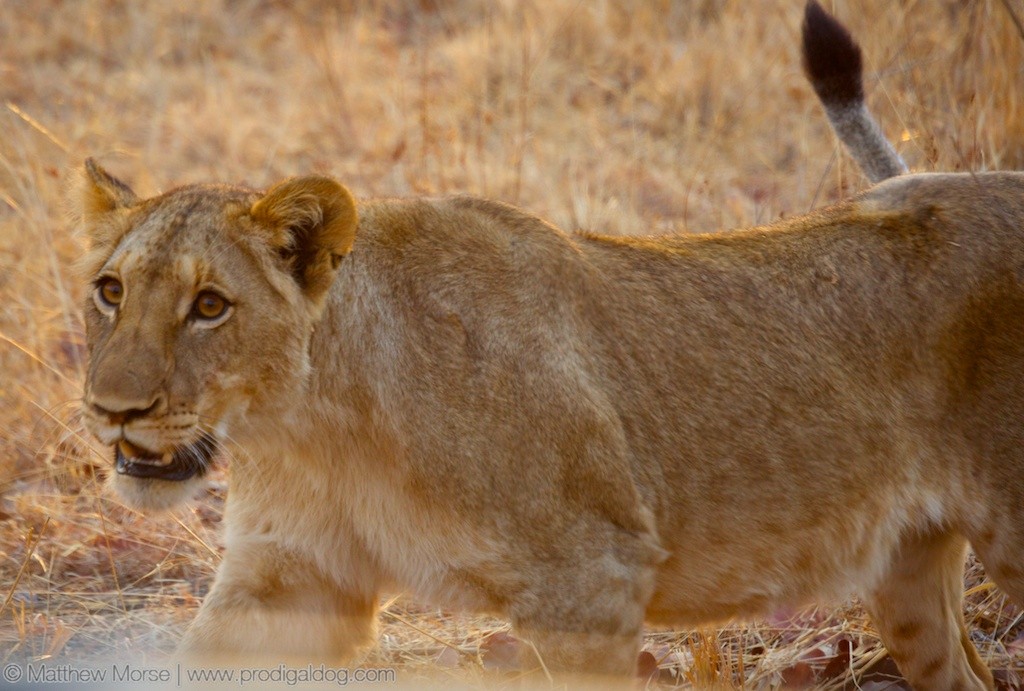
Our ranger got reports of this mother playing with her cubs and we were able to arrive in time catch them in action.
When arriving at a game reserve, your group is assigned a ranger who is with you throughout your stay for each safari. As such, she or he will remember what animals you have and haven’t seen and will work hard to locate the animals you haven’t yet seen, especially near the end of your trip. Ours in particular was passionate — he sometimes seemed more intent on completing our Big Five than making it home alive. “I’m going to go wander into that bush to try to scare out the Leopard if he’s there, but you should stay in the vehicle to be safe!” That’s great, but you don’t have to orphan your children so we can see a cat. Really.
That said, nothing beats the adventure of going out on your own, so I also recommend at least a day of driving through a park alone. I preferred doing this first, as you have a real sense of adventure when you roll into a park and see your first wild giraffe lumbering across the road.
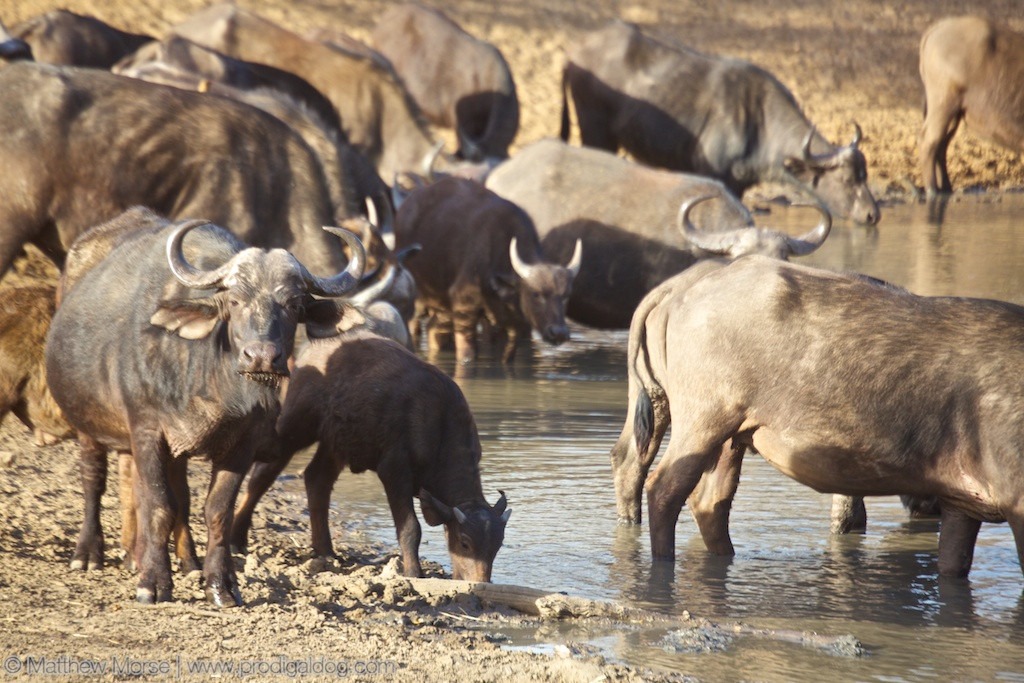
Buffalo, at least those in this crowd, tended to stare you down with a “What’re you lookin’ at?” attitude.
Some additional pointers are making good friends with the park rangers and doing your homework in advance of a big trip. Park rangers are a wealth of information for a variety of reasons. Large elephants and rhino are poaching targets due to their horns, so even in large parks, rangers usually have a sense of where high-profile animals are located. Lions and leopards, on the other hand, have a fairly rigid territory, and here again rangers will have the best sense of what areas of the park are claimed/populated. Whether a particular ranger is willing to find out or share that with you will depend, but asking politely and when they aren’t busy is always a good start.
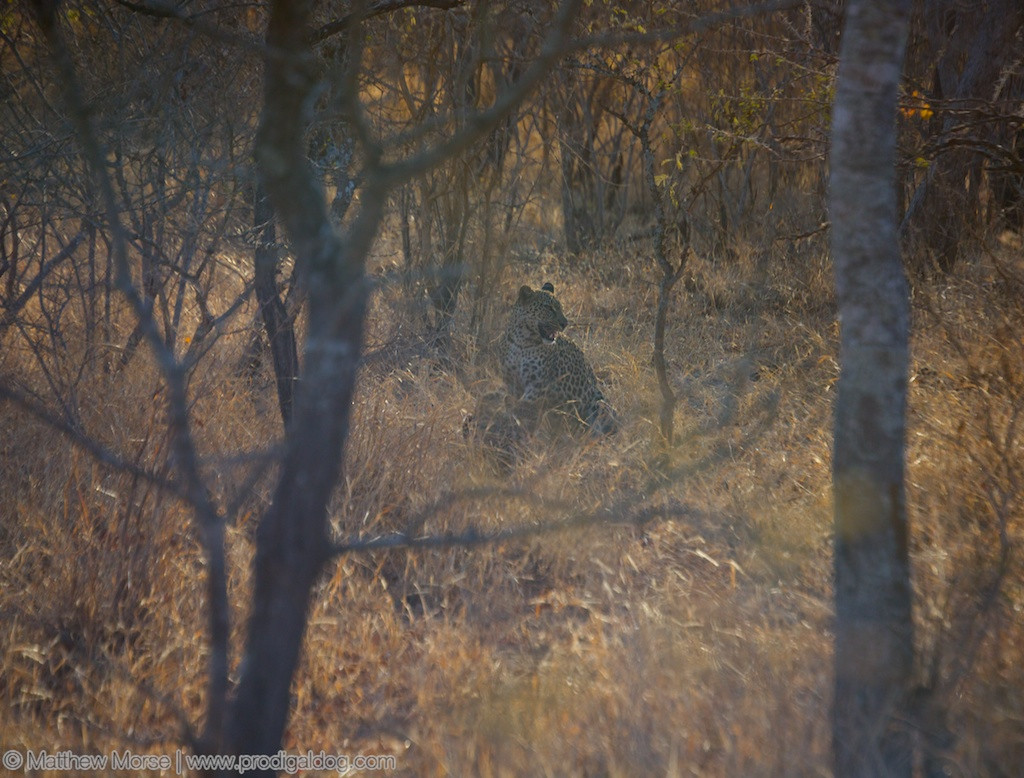
Leopards are the most rare animals of the Big Five. Here, a mother supervises her cub.
If are you particularly keen on finding a specific animal, it also helps to do some research in advance of your trip. A quick search, for example, revealed this site that outlines a particular area of Kruger that has a high density of leopard territories and is accessible to tourists. Listening and asking fellow travelers helps as well, especially in areas such as communal restaurants and coffee shops within the parks… most people are there for the same reason you are!
Thanks to some hard work and a lot of luck, my mother and I were lucky to have found each of the Big Five by the end of our safari, and we had the photos, stories, and sunburns to show for it.

As I took this, he let out a thunderous roar… Okay, not really. He was actually just yawning.

Our ranger got reports of this mother playing with her cubs and we were able to arrive in time catch them in action.

Buffalo, at least those in this crowd, tended to stare you down with a “What’re you lookin’ at?” attitude.

To answer your question: Every time I saw one of these I had Hakuna Matata stuck in my head for the rest of the day.
